Tuesday, 23 October 2018, Yokohama, Japan. The screen at the front of the main auditorium of the Pacifico Yokohama convention centre shows the red logo of a global soft drink company and a vision statement declaring the pursuit of “a World Without Waste”. In his remarks, Executive Vice President Titoy Francisco from Coca-Cola Japan points out that “we cannot do this alone”.
Only a few hours later in the same auditorium, Japan’s State Minister of the Environment Tsukasa Akimoto promises that Japan will advance the circular economy when it takes up the presidency of the G20 the following year. As the country in line to take up the Presidency of the Council of the European Union, Finland makes the same promise, voiced by Minister of the Environment Kimmo Tiilikainen. The World Circular Economy Forum 2018 is nearing its end.
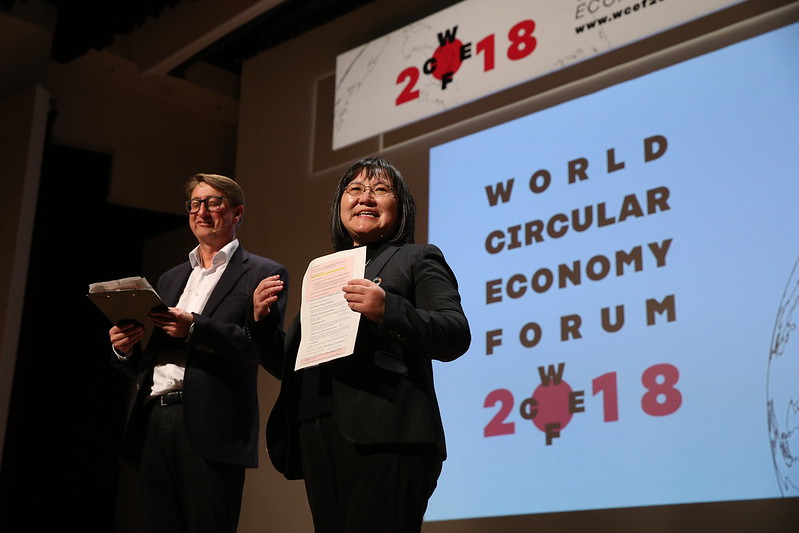
These grand promises can be traced back to an ordinary Tuesday in May 2015. On 12 May, the temperature in Helsinki is just over 10˚C. Sitra’s Senior Advisor Jukka Noponen and I sit in the café of Finlandia Hall designed by Alvar Aalto. Outside, small light green leaves are starting to appear on birch trees in the morning sun. I’m there with Noponen to talk with people from the conference venue about organising an event with the working title “Nordic Forum 2017”.
As we talk over coffee, dark clouds begin to gather overhead. The following night, the birch trees outside will get their first taste of rain after a nearly week-long dry spell, and Finland will be that much closer to summer. The cool weather in the early summer does not portend that the year will eventually go down in the history books as the hottest year in Finland on record. The climate is warming. We know this from atmospheric science and even from the thermometers outside our windows at home.
Dark clouds were also on the horizon in London just two weeks earlier. Sir Nicholas Stern, the economist who rose to prominence for his climate report, published an article in the Guardian on May Day with the following headline: “Extreme weather and rising seas are already global threats. This will only intensify.” The lead of Stern’s article called on world leaders to realise that failure at the Paris climate change conference in December that year would be “catastrophic”.
Still no marriage of convenience
In spite of the above, this is a story about faith – faith in solutions, faith in a better future and faith that catastrophe can be averted. This is a story of the elements that came together to create the World Circular Economy Forum (WCEF), the world’s first high-level circular economy event.
“It was essential for our approach to be based on the idea that business and the environment go hand in hand,” says Hanna-Leena Ottelin, who was the WCEF Project Manager in 2016–2018 and now works as a Senior Specialist in International Affairs at VTT Technical Research Centre of Finland. Until then, people in the world of business had gone to their conferences and the people whose work revolves around the environment had gone to theirs. Even when their paths crossed, the win-win propositions – marriages of convenience, if you will – were not identified, let alone actively sought. Smarter and more sustainable forms of economic activity had not yet arrived.
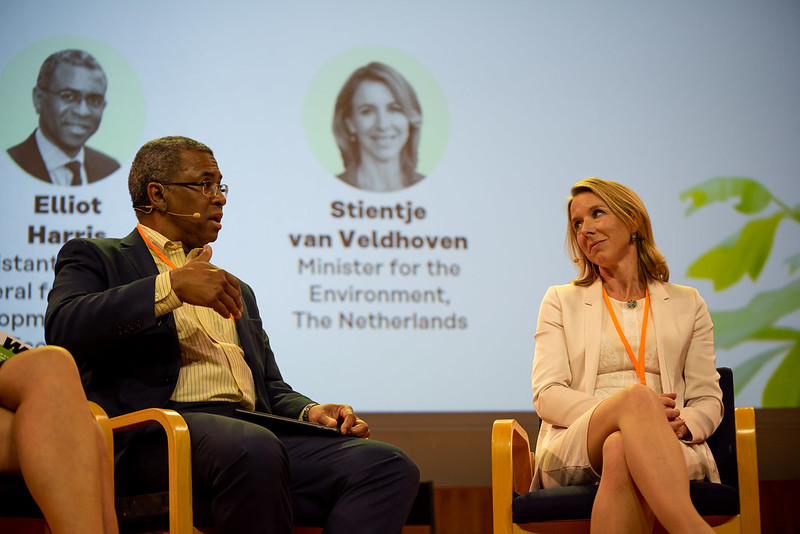
A small country can use concrete experiments as a springboard
Jukka Noponen says that when he attended international events and conferences in the early part of the decade, he understood that improving the efficiency of resource consumption was already a concrete trend in Finland.
“What we were doing in Finland was light years ahead. The small but concrete experiments we were doing in Finland with our partners attracted quite a bit of interest around the world,” recalls Noponen, who led Sitra’s theme focused on sustainable lifestyles and the smart use of natural resources at the time. He cites the resource wisdom operating model created in Jyväskylä as one example.
Around the same time, as the Head of the Environment Directorate-General at the European Commission, Timo Mäkelä was thinking about the underlying reasons behind environmental problems.
“The Commission understood that these burning environmental issues – climate change, biodiversity loss and shortages of natural resources – are symptoms of unsustainable production and consumption. It was crucial to address that root cause – and it was recognised that new jobs and business could be created at the same time,” Mäkelä says, explaining the thoughts of José Manuel Barroso’s Commission (2010–2014), which led to the creation of the Commission’s first-ever circular economy programme.
“Finland was the first to get moving.”
“At Sitra, we were of the view that improving energy efficiency was a business opportunity,” Noponen adds.
“The background of the circular economy approach is not environmental protection, but rather the economy and the creation of new jobs and businesses,” Mäkelä emphasises.
EU Member States began to follow the path laid out by the Commission. “Finland was the first to get moving,” says Mäkelä, who now works as a Senior Advisor at Sitra. Led by Sitra, Finland created the world’s first national road map to a circular economy. The road map has since been updated and the Finnish Government is working on a cross-sectoral circular economy strategy.
“As an independent future fund, Sitra was able to drive our society towards new ideas and practices while engaging the public administration, business sector and non-governmental organisations in the effort to lay out the steps towards a new economy in every sector,” Mäkelä adds. “The circular economy began to emerge as a key element of Finland’s environmental, economic and employment policy.”
Staying in your own sandbox is not enough
As a small northern economy that is dependent on exports, Finland’s pioneering policies and actions will not translate into well-being if the rest of the world moves in a different direction.
“The changes we need to make in Finland to tackle the sustainability crisis are such that they cannot be implemented unless they are also implemented elsewhere in Europe and globally,” Noponen explains.
“It became increasingly clear that no country or continent alone can solve the challenges related to the use of natural resources. We understood that we need to be able to take action at the global level because, after all, our economy is integrated with the global economy.”
However, there was no global forum that linked together the use of natural resources and energy, economic co-operation, administration and the business sector. The idea of a forum that would take a broad and inclusive perspective on the circular economy was already growing strong in Jukka Noponen’s mind on that day in May 2015.
Vice-President of the European Commission Jyrki Katainen offered further encouragement to the people at Sitra. “His message was that we were working in a field that was still new and empty,” says Timo Mäkelä, recalling the views of Sitra’s current President at the time.
Nevertheless, it took another two years before a modern interpretation of Myrskyluodon Maija by Lasse Mårtenson, played on the kantele in Finlandia Hall in front of an audience of 1,600 attendees from nearly 100 different countries, marked the start of the World Circular Economy Forum 2017.
It had been a year and a half since the historic Paris climate conference, which concluded with the French president Françoise Hollande saying “Long live the planet, long live humanity and long live life itself!” The conference had given the world a climate agreement aimed at restricting the warming of the global climate to less than two degrees. But how would that be achieved?
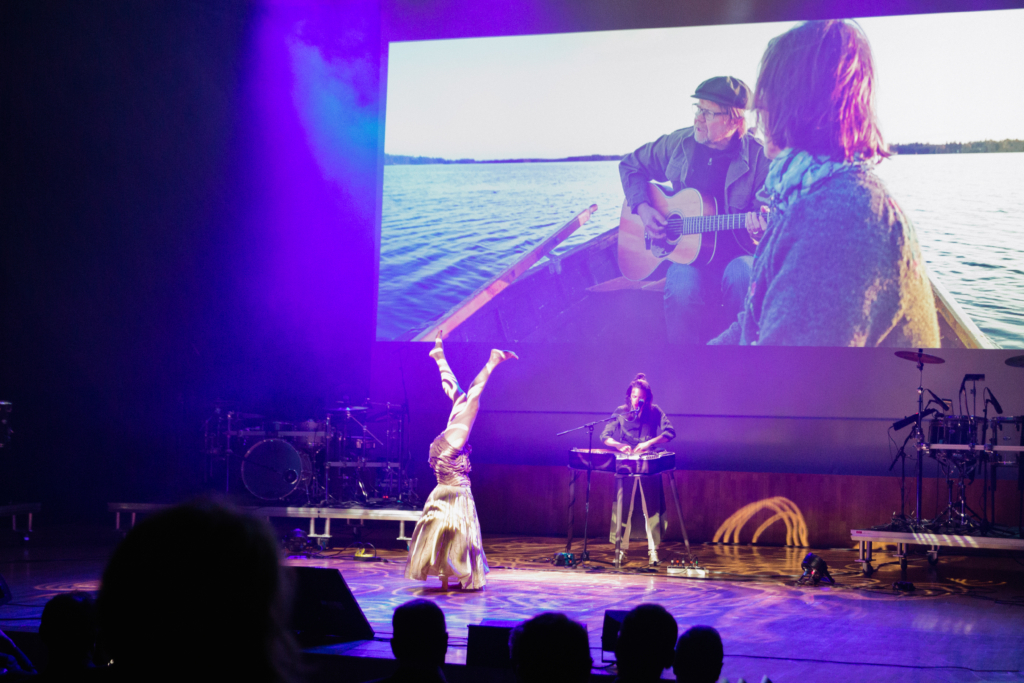
Just before the conference, the small country of Finland, represented by Sitra, had presented the world with proven and effective climate solutions. The Green to Scale solution package showed that significant reductions in emissions could be achieved by scaling up existing low-carbon solutions. But the foundation of the economy was in need of reform. The Finnish focus on solutions – which Jukka Noponen had already recognised at the beginning of the decade – would be much needed.
Sitra had started work on the circular economy at the beginning of 2015. The then-unnamed “resource forum” planned to be held at Finlandia Hall found its name and identity one day at the Sitra office, not long after the Paris conference. “I told Kari Herlevi we should call it the World Circular Economy Forum,” says Ernesto Hartikainen, who worked on the forum’s programme between 2017 and 2019. “Kari simply said OK,” Hartikainen says with a laugh, recalling the conversation he had with Herlevi, who was in charge of the circular economy project at the time.
Embracing a broad audience
The world’s best circular economy solutions: this was the WCEF promise right from the start.
“We differentiated ourselves by being solution-oriented. There were a lot of problem-oriented forums that focused on the crisis. But simply increasing awareness of the crisis does not create action – in fact, it may even make you more passive,” says Hartikainen, who now works as the CEO of Biocode Oy, a company that promotes sustainable choices in the food sector.
WCEF also wanted to embrace a broad audience. “We wanted to approach the circular economy from many different perspectives,” Hanna-Leena Ottelin says. The guiding principle became using the circular economy to advance the UN’s 17 Sustainable Development Goals. To ensure a wide range of perspectives, WCEF was built from the start through co-operation between various parties, with Sitra as the conductor of the orchestra.
Jukka Noponen, Timo Mäkelä, Kari Herlevi and Mari Pantsar, who leads the carbon-neutral circular economy theme at Sitra, travelled around the world to meet with potential partners. The UN Environment Programme, the European Commission and the World Resources Forum, amongst others, came on board as partners to organise the forum.
“The partners were given the freedom to curate the content of the forum. They also brought in their own audiences. I thought it would be good to have audiences representing various perspectives,” Hanna-Leena Ottelin says, looking back.
Since the beginning, the WCEF concept has also included Marketplace, which puts the spotlight on interesting circular economy solutions from different parts of the world.
The media reported on the expected attendance
The name had been decided on, the partners were planning the programme, large corporations were involved, Finland had begun celebrating the centenary of its independence, EU Commissioners had said they would be there, the soon-to-be Administrator of the UN Development Programme Achim Steiner had promised to attend, as had the Special Representative of the President of the Russian Federation Sergei Ivanov, and the diplomatic missions of the Finnish Ministry for Foreign Affairs had invited journalists from all corners of the globe to come to the event – but what about the members of the general public?
WCEF2017 was Sitra’s gift to the world, on the 50th anniversary of this Finnish future fund, as Finland celebrated the centenary of its independence. The free event for invited guests at the planned scale gave rise to feelings of uncertainty amongst our organising team of only half a dozen members. What if there were no broader interest in the event?
News headline: “Interest in conference exceeds available capacity”
But signs of enthusiasm began to appear early on in the spring. At a meeting between the press officers of Finnish diplomatic missions in mid-February, the excitement about the event was already palpable, with the first co-operation proposals and requests for more information coming in from Europe and Africa.
The excitement only grew from there. A couple of weeks before the moment of truth, the newspaper Maaseudun Tulevaisuus published a story with the headline “Interest in conference exceeds available capacity”. People started to queue up for cancellation tickets to the first-ever World Circular Economy Forum.
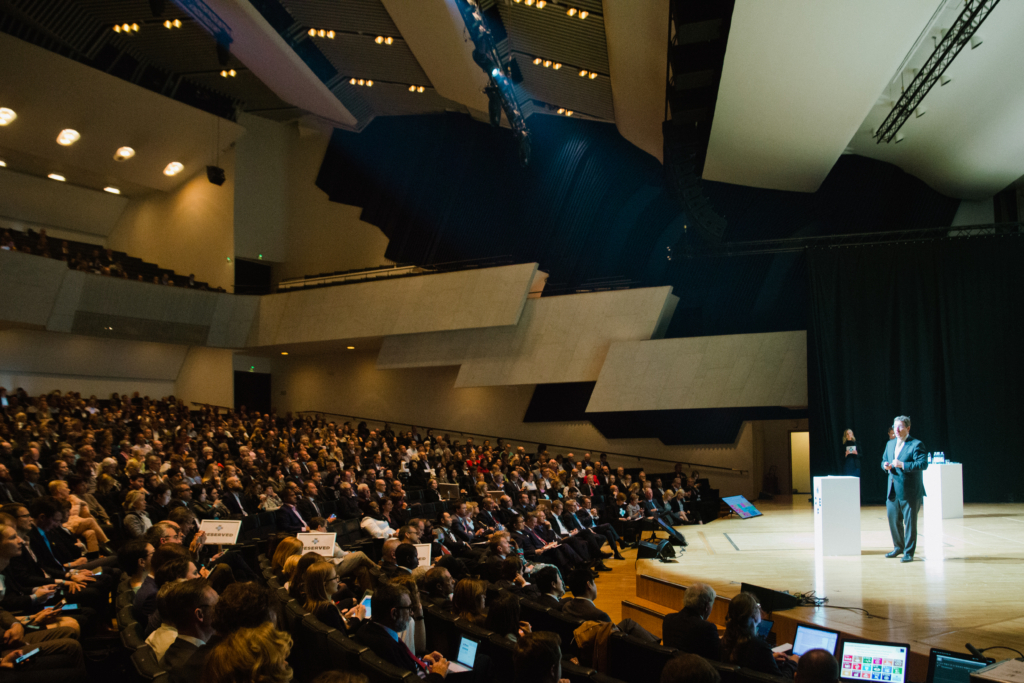
The WCEF’s popularity did not diminish thereafter, as illustrated by the following anecdote: about one year later, on the eve of WCEF2018, the principal owner of a Hong Kong-based investment company sent a WhatsApp message to ask if there was any way to get a ticket. A couple of days after the Yokohama event, Timo Mäkelä summed up the participants’ confidence in the future of the WCEF as follows: “Many of my international friends are already asking how they can sign up for the Helsinki event (WCEF2019).”
It was no wonder, then, that Finlandia Hall in Helsinki was packed with WCEF2019 participants the following June. More than 2,200 guests focused on how the circular economy can be scaled up and how the world economy can be reformed in a fair manner while at the same time mitigating climate change. Jukka Noponen’s view of the need for global co-operation was also echoed in the remarks of Elliot Harris, Assistant Secretary-General and Chief Economist of the UN: “For most countries, their economies are a little too small to be entirely self-sufficient in circularity. In order to have full circularity, there’s a need to co-operate across borders.”
“Since the beginning, the impact of the forum has gone beyond the event itself. The participants have become ambassadors for the circular economy. I have been told that Norway’s interest in the circular economy, for example, was sparked by the Helsinki event,” Kari Herlevi says.
Opening the doors even wider
The WCEF has already embraced a broad audience of circular economy specialists around the world, but the coronavirus pandemic means it is now opening its doors even wider. The WCEFonline virtual event will give an even larger audience the opportunity to hear from the world’s leading experts on the circular economy and join in the creation of solutions for the world to reform the way we produce well-being.
“It is fantastic that this event will finally be organised remotely. This means we get to ‘walk the talk’,” says Hanna-Leena Ottelin, referring to the opportunity to attend the WCEF without having to travel and thereby avoid creating flight-related emissions. “Even in the first years of the WCEF, there was a lot of talk about remote attendance, but we never got around to implementing it. Maybe the world was not ready for it yet.”
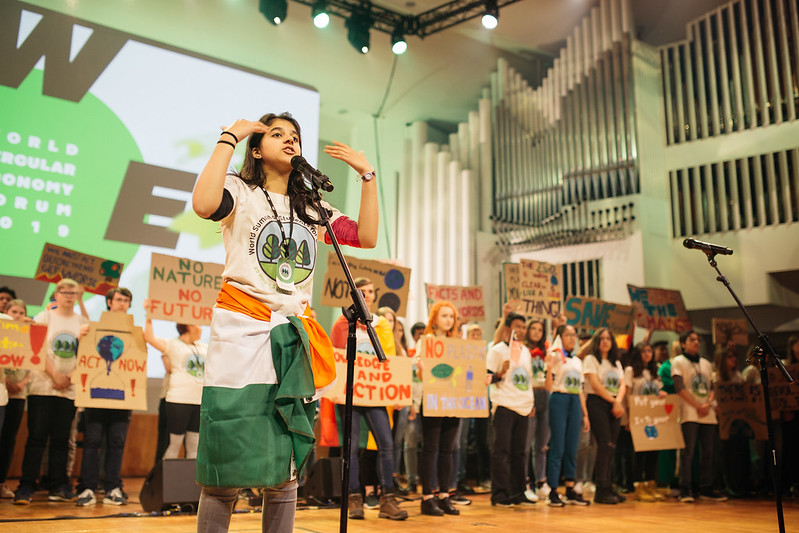
In Ottelin’s estimate, the WCEF has already achieved its goal of creating a comprehensive approach to the circular economy. She sees the upcoming events – the WCEFonline virtual event, the one-day event in the Netherlands and WCEF2021 in Canada – as a path towards more decentralised events.
“Perhaps we have reached the point on the circular economy agenda where it makes sense to move things forward in smaller groups.”
Nevertheless, as Ernesto Hartikainen points out, in spite of the tremendous progress achieved in the Western world in particular, a deeper approach to the circular economy, the conservation of natural resources and moving away from a throwaway culture have yet to make significant headway globally. “Think about the developing economies, for example.”
“Finland – and, in a broader sense, Europe – need to continue to show the way forward,” Kari Herlevi adds. “Several countries have already drafted, or are in the process of drafting, circular economy strategies. Interest in the developing world is rising in this situation, with the coronavirus pandemic having disrupted these economies that were not doing well to begin with.”
“What we are seeing now is growing urgency,” Noponen says, highlighting the exacerbation of the sustainability crisis. More solutions are needed. Finland’s gift is again the WCEF, with this year’s event set to feature interesting examples of circular economy businesses in Finland and around the world that Sitra has collected, discussions of the circular economy as a tool of sustainable recovery and the publication of a manual for other countries on how to draft a road map to a circular economy.
The doors to the world of solutions will open again on 29 September.
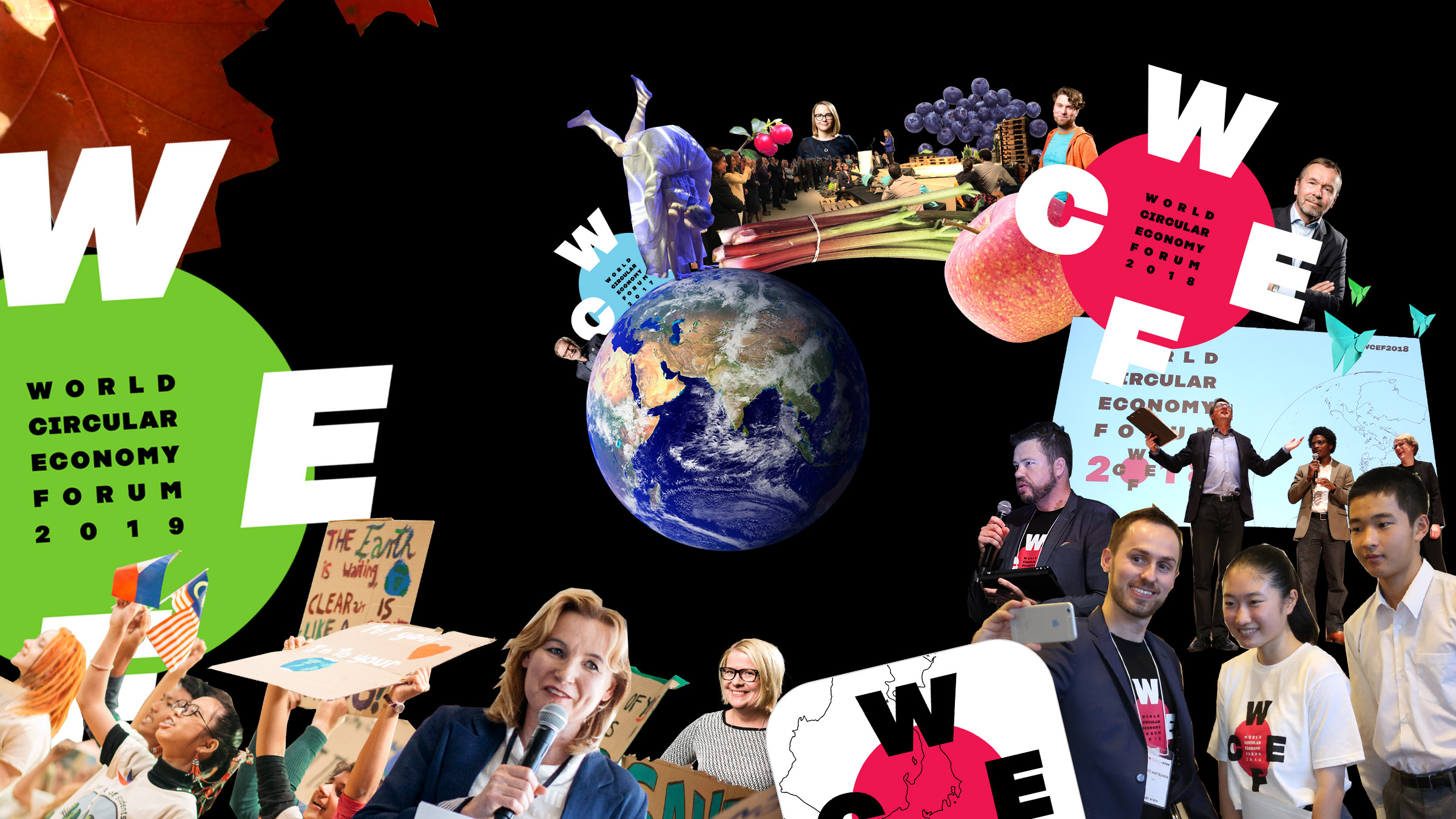

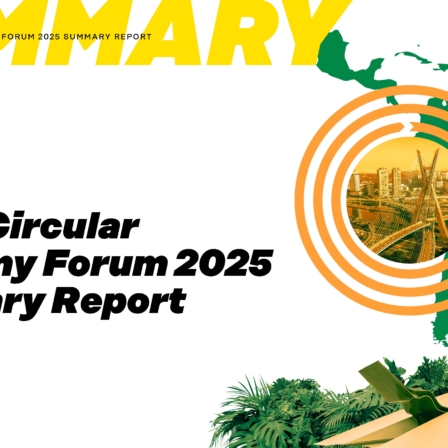
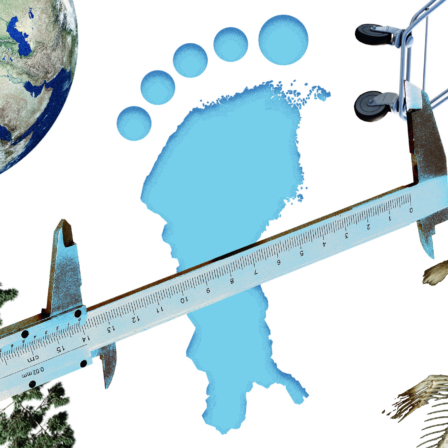


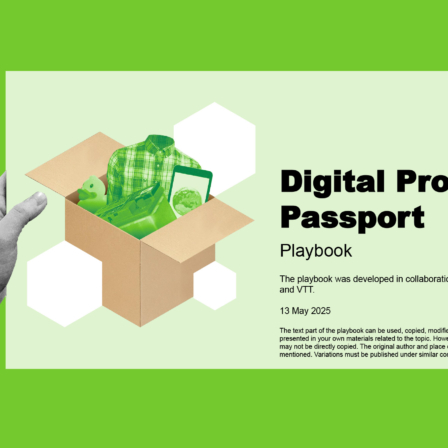
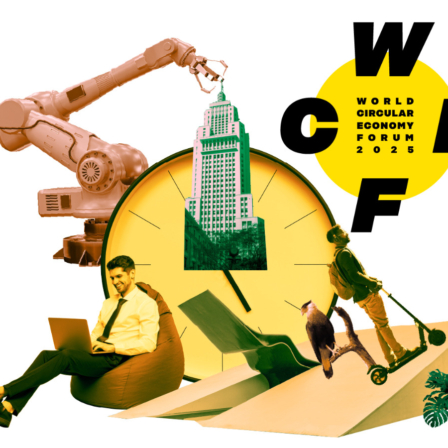
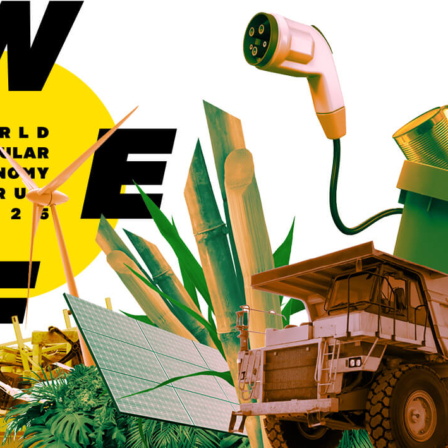






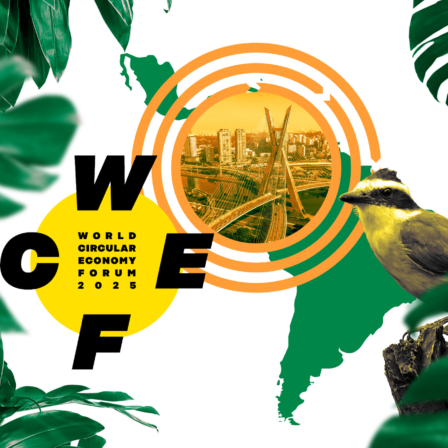

Recommended
Have some more.